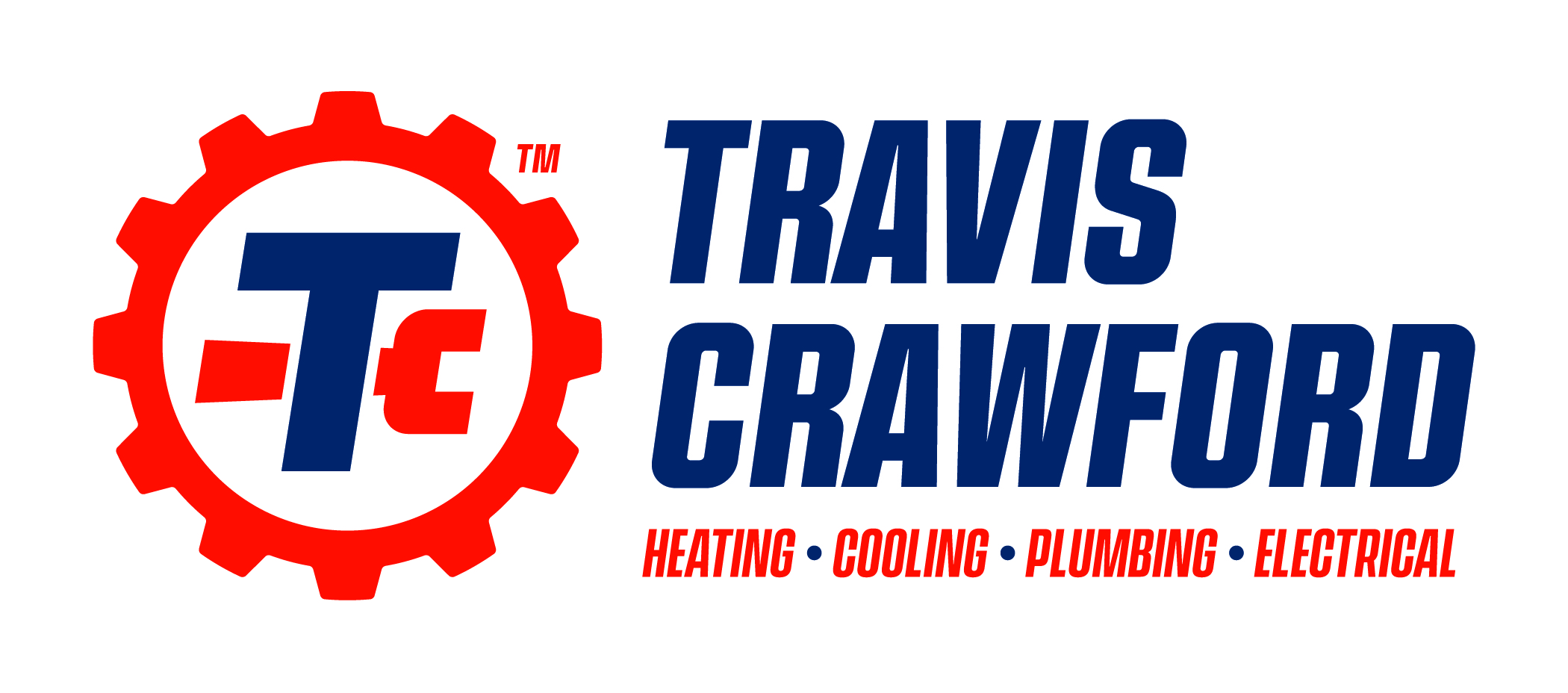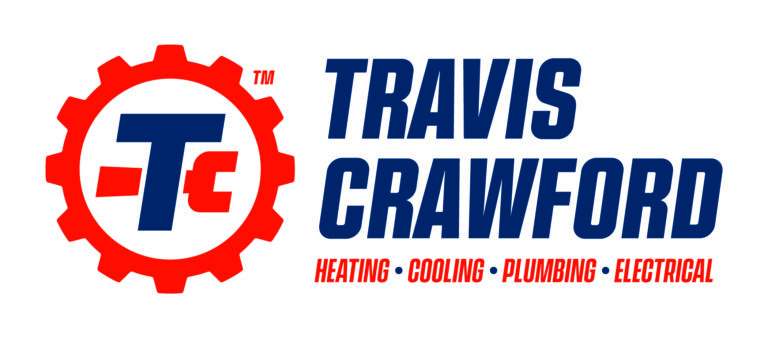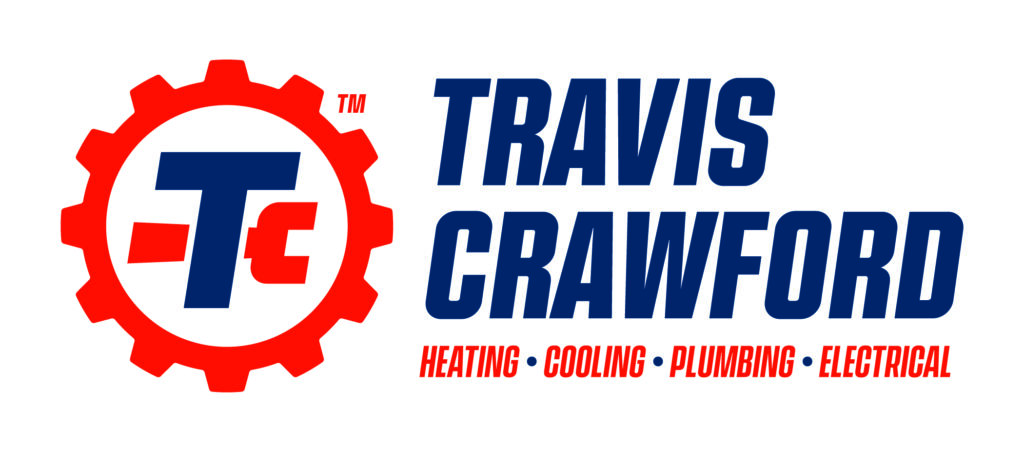If you’ve gone out of your way to purchase and install high-quality, high-performing HVAC equipment, it’s important to get your thermostat placement just right. Thermostats function as the brains of the entire heating and cooling operation. AC systems and heaters won’t turn on until the thermostat tells them to. This makes accurate thermostat readings critical. Here are several reasons why it definitely matters where you place the thermostat in your Charlotte, NC home.
Residual Heat From Appliances Can Result in Inaccurate Temperature Readings
Thermostats are designed to read the temperature of the room. If these devices are installed too close to heat-generating appliances, they won’t be able to do their job accurately. When choosing a location for your thermostat, be sure to avoid walls near ovens, heating vents, lamps that emit high levels of heat, or anything else that will cause the immediate location to become significantly hotter than the rest of the room.
This same idea applies to cooler temperatures as well. Putting thermostats too near drafty basements or any windows or doors that are regularly opened and closed can be problematic. As residents and visitors come and go or move about the house, a thermostat that’s in a drafty area may register the temperature as being a lot cooler than it really is. This will cause your heating system to kick into action even though the overall building is already comfortably warm.
Too Much Natural Light Is Also Problematic
Avoid placing your thermostat on any wall that gets a significant amount of exposure to natural light. If this device sits in direct sunlight for a large portion of the day, it will read the room temperature far higher than it actually is. This can be a major issue on sunny but cold days as well as in late fall and early spring.
Radiant Heat From Your Floors Can Affect the Thermostat’s Performance, Too
If you have radiant flooring in your home, be sure to position your thermostat a bit higher than normal. Even though it will still be affected by rising heat, it won’t constantly be exposed to higher than normal temperatures as your radiant flooring does its job. Keep in mind that houses without radiant flooring can still have extra warmth near the floorboards as the result of low-sitting heater vents or grills, residents’ movements, or low-sitting, heat-generating appliances. Placing a thermostat slightly above the mid-portion of the wall will ensure that it isn’t being impacted by door drafts when people come and go.
Always Install Thermostats in a Central Location
For central heating and cooling systems, thermostats should be placed in a central location to heat and cool all areas of the home uniformly. However, the further that rooms and other spaces are located away from your HVAC equipment, the more likely they are to have higher or lower temperatures. This could be the result of air loss via the ducting in your house or insufficient HVAC service in remote locations. Installing the thermostat in the center of the house will help minimize hot and cold spots by providing a better reading of the home’s true temperature.
Inner Walls Work Best
Installing a thermostat on any perimeter wall could leave it subject to outside temperature extremes. Although a well-insulated house is unlikely to have excessively cold walls in winter or excessively hot walls in summer, installing your thermostat on an inner wall is always the best choice. Choose an inner wall in a central location, then assess its level of sun exposure and its proximity to fixed heat sources.
HVAC Technicians Can Determine the Perfect Location for Your Thermostat
Most thermostats are installed at eye level. This makes them easy to read, program, and adjust as needed. It also places them approximately 52 to 60 inches above the floor so that radiant flooring and other radiant heat don’t impact their readings. For central HVAC systems, a single thermostat should be strategically installed on an inner wall that’s far removed from heat-emitting appliances. For zoned central HVAC systems, one thermostat will need to be placed in each room or area in an ideal location. With such a vast range of factors to account for, it’s generally best to have a licensed HVAC technician take care of thermostat placement for you. After all, even superior HVAC equipment can’t provide superior performance is it’s in the wrong place.
At Travis Crawford, we’ve been providing reliable plumbing, heating, and cooling services since 2009. Residents of the greater Charlotte, NC area can turn to us for expert water heater installation, air duct services, and more. If you need a thermostat installed for optimum performance, call us today.




